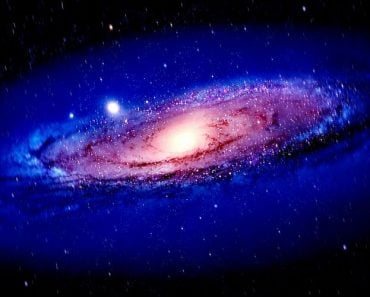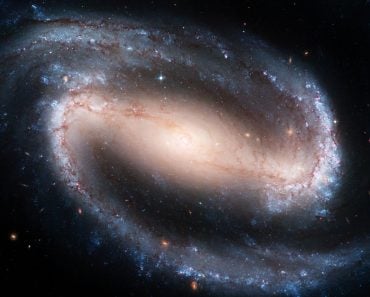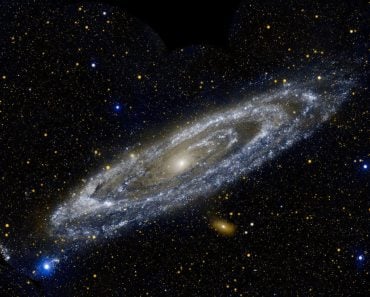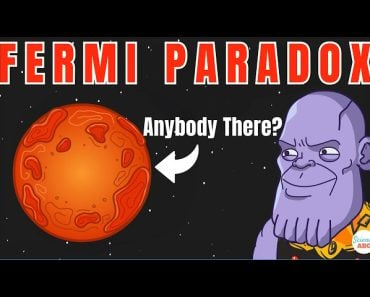Table of Contents (click to expand)
Astronomers think that stars form primarily in galaxies, but there have also been observations that show that stars could form outside galaxies too.
In the astronomical community, galaxies are considered one of the only centers for star production. In our galaxy alone, astronomers estimate that there are around 100 thousand million stars, nearly all of which formed in the Milky Way. However, a tiny fraction of stars might have joined the Milky Way as it ate up smaller galaxies, and this is most likely the case in most galaxies in the Universe.
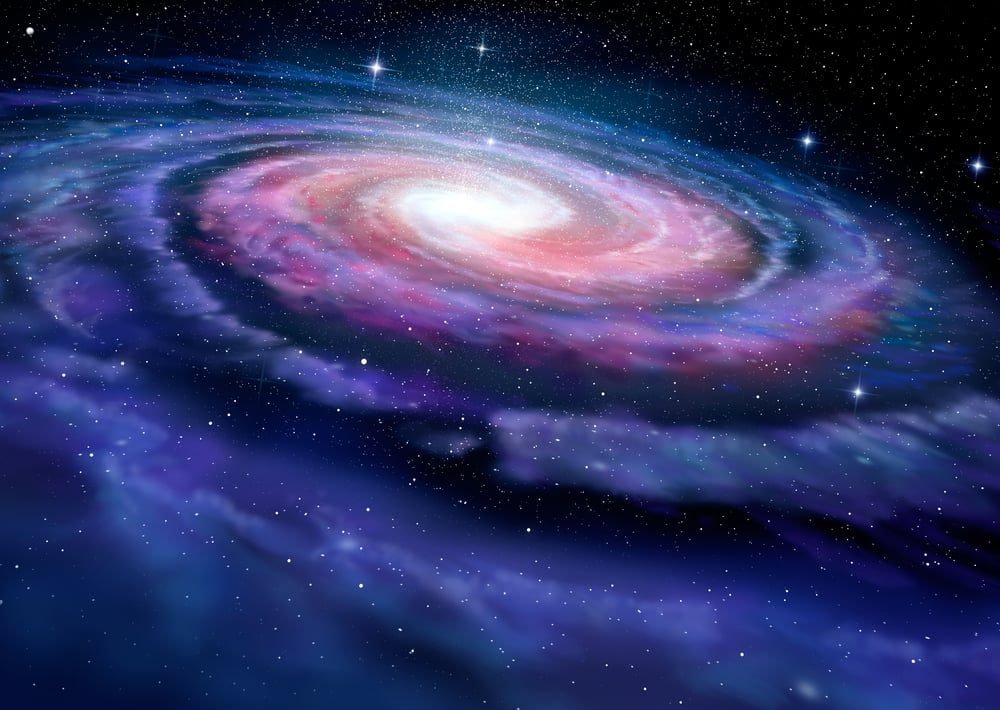
The question is, do stars form outside galaxies? If so, where are they? If not, then what conditions prevent it from happening?
Recommended Video for you:
The Cosmic Web
To find out if any stars are formed outside galaxies, we need to take a glimpse of the large-scale structures of the Universe. This shows how galaxy clusters and groups of galaxy clusters would look over massive distances. Knowing this might give an idea of the places outside galaxies where stars could form.

When viewed over humongous distances, simulations tell us that the gas in the Universe tends to form filament-like structures, similar to a spider’s web. This structuring is called ‘the Cosmic Web,’ and tells us that the gas in the Universe is not uniform everywhere. There are places where gases have very high concentrations, generally in and around galaxies. There are other regions in the Universe, however, that have only minute amounts of gas, called voids.
This non-uniform nature of gas distribution is necessary. It is because of this that we can see star formation taking place, as well as observe galaxies and galaxy clusters across the universe.

This article is about finding out if stars form outside galaxies, and the Cosmic Web simulation may give us some idea about where to look for them. Star formation requires a high concentration of gas that collapses due to gravity. Voids, having only very trace amounts of gas, will most likely have no star formation.
Intergalactic Medium
What is the next place to look for them? First, let’s check the space between adjacent galaxies. The region between nearby galaxies does sometimes contain matter, usually in the form of gas. This space is defined as the intergalactic medium (IGM).
The gas in the intergalactic medium has several sources. One source is from the material ‘blown’ off by winds from a nearby galaxy. These winds can arise for several reasons. One is the formation of stars inside those galaxies. During star formation, when gas and other materials collapse into the baby star, the excess matter surrounding it gets ejected at high velocities.
Another source is from the supermassive black holes at the center of the galaxies. The matter accreting into the black hole will get heated up, and some will be ejected back into outer space as jets.

However, several things impede the creation of stars inside the intergalactic medium. One reason is that gas in the intergalactic medium is very hot—so hot that they emit radiation in X-rays (which is how astronomers discovered the IGM in the first place). Since star formation requires gas to be cold, the IGM does not provide an ideal condition for star production.
Another reason it is difficult for stars to form in the intergalactic medium is that there isn’t a sufficient density of gases to form stars. The average matter density of the intergalactic medium is about one atom per cubic meter, which will certainly not be enough to create new stars. Also, the matter present in the IGM is constantly getting accreted back into galaxies. With such a dynamic environment, where the gases are typically moving in a particular direction, it will be nearly impossible for star formation to take place.
So, by the looks of it, it seems impossible for stars to be produced outside galaxies… right?
The Universe is enormously vast, with several places where strange and unexpected things occur. And yes, stars do form in certain places in the Universe that are technically outside galaxies. The following sections will explore these unusual areas of our universe.
Jellyfish Galaxies
One such region is in the tails of a type of galaxy called ‘Jellyfish galaxies.’ These galaxies are found inside galaxy clusters and are characterized by massive tails consisting of gas. Observations tell us that a significant portion of this gas might be composed of hydrogen molecules, one of the essential components of star formation.
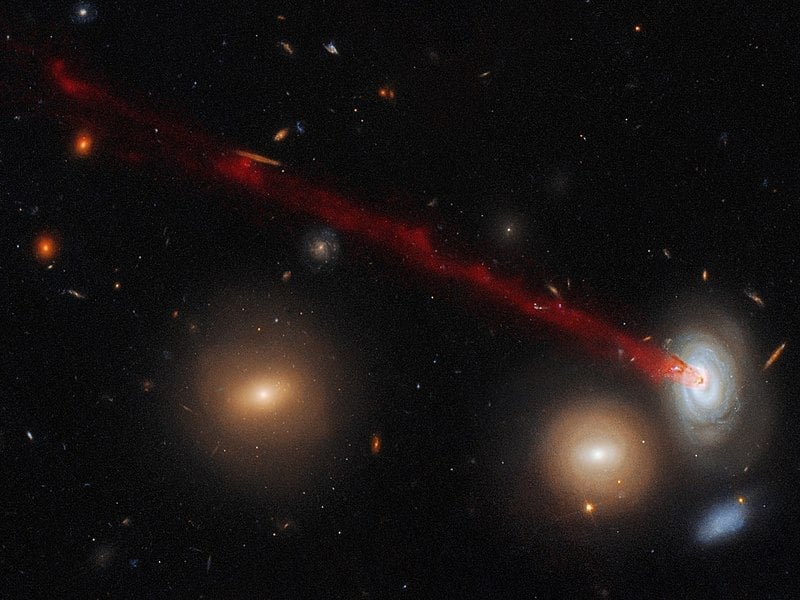
The formation of the tails of Jellyfish galaxies occurs by a process called ram pressure stripping. This phenomenon is generally observed in galaxy clusters and can be explained as follows:
As a galaxy moves within a cluster, it experiences a sort of ‘wind pressure’ due to the hot gas within the galaxy cluster (like the intergalactic medium discussed earlier). This is similar to the ‘wind’ a person would experience if he is riding a motorbike.
Sometimes, this wind pressure becomes so powerful that it overcomes the gravitational forces inside the galaxy. Then, the gases inside the galaxy would get stripped away at high speeds in the form of a tail. It is in this tail that star formation takes place.
The star formation in the gaseous tails of Jellyfish galaxies depends on several factors, including cooling and heating of the gas, gas compression, etc. However, current studies also indicate that star formation rate and efficiency are lower in these stripped gases than in the galaxy disk.

One example of Jellyfish galaxies with ram pressure-stripped tails having active star formation is the D100 galaxy, found in the Coma galaxy cluster. Research done in 2019 used observations from the Hubble Space Telescope to study star formation rates and constrain the ages and masses of the star clumps in that cloud.
The Virgo cluster also contains Jellyfish galaxies with star-forming tails. Since the Virgo cluster has a mass lower than the Coma cluster, it was not expected to have any Jellyfish galaxies. However, galaxies that have undergone ram pressure stripping do not necessarily imply that star formation should take place at its tails.
Gas Rings
Other regions that are outside galaxies where star formation happens are gas rings, notably the Leo ring and the ring around NGC 5291. The Leo ring is within the Leo I group of galaxies and consists of an asymmetric ring-like structure mainly composed of atomic Hydrogen. At its center, there are two galaxies—NGC 3384 and M105.

The origin of the ring is not clearly known. Presently, the structure is considered to be made of either primordial gas or could be the result from a formation of gas expulsion due to galaxy-galaxy interactions. Of course, it is not due to ram pressure, since that would result in one-sided tails and not a ring structure.
The Leo ring has not shown any substantial star formation rates. While star formation does happen in the Leo ring, it is less common than in other similar ring structures, like the one surrounding the NGC 5291.
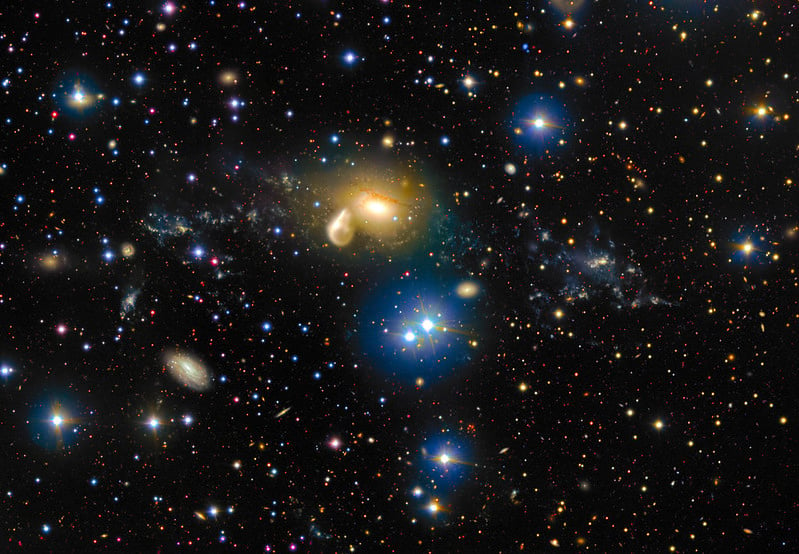
The NGC 5291 consists of many galaxies interacting with each other, and the ring around NGC 5291 has been showing active star formation. The ring contains gases and stars, and is assumed to have originated from the NGC 5291 cluster. The interactions between the galaxies in NGC 5291 have also resulted in the production of stars between the galaxies themselves.
Conclusion
Therefore, star formation outside galaxies is not a common phenomenon. While theoretically possible, real-life conditions do not seem to favor it. Intergalactic star formation occurs only in exceptional circumstances, in the tails of Jellyfish galaxies or places like the Leo ring or NGC 5291.
Finding out more about the nature of star formation unveils a lot of information about how galaxies might change over time. It tells us a lot about the evolution of the structures in the Universe and gives clues about how stellar creation might change in the future. Studying the formation of stars outside galaxies is particularly helpful in finding out the other ways that various objects (especially galaxies) continue to evolve in the Universe.
References (click to expand)
- How many stars are there in the Universe?. The European Space Agency
- Cosmic Web | Multiwavelength Astronomy - eCUIP. The University of Chicago
- Intergalactic Medium | Center for Astrophysics - CfA Harvard. The Center for Astrophysics | Harvard & Smithsonian
- Putman, M. E. (2017). An Introduction to Gas Accretion onto Galaxies. Gas Accretion onto Galaxies. Springer International Publishing.
- Michel-Dansac, L., Duc, P.-A., Bournaud, F., Cuillandre, J.-C., Emsellem, E., Oosterloo, T., … Ibata, R. (2010, June 23). A Collisional Origin For The Leo Ring. The Astrophysical Journal. American Astronomical Society.
- Corbelli, E., Cresci, G., Mannucci, F., Thilker, D., & Venturi, G. (2021, February 1). Heavy Elements Unveil the Non-primordial Origin of the Giant H I Ring in Leo. The Astrophysical Journal Letters. American Astronomical Society.
- Corbelli, E., Mannucci, F., Thilker, D., Cresci, G., & Venturi, G. (2021, July). Gaseous nebulae and massive stars in the giant H I ring in Leo. Astronomy & Astrophysics. EDP Sciences.
- Boquien, M., Duc, P.-A., Braine, J., Brinks, E., Lisenfeld, U., & Charmandaris, V. (2007, February 27). Polychromatic view of intergalactic star formation in NGC 5291. Astronomy & Astrophysics. EDP Sciences.


